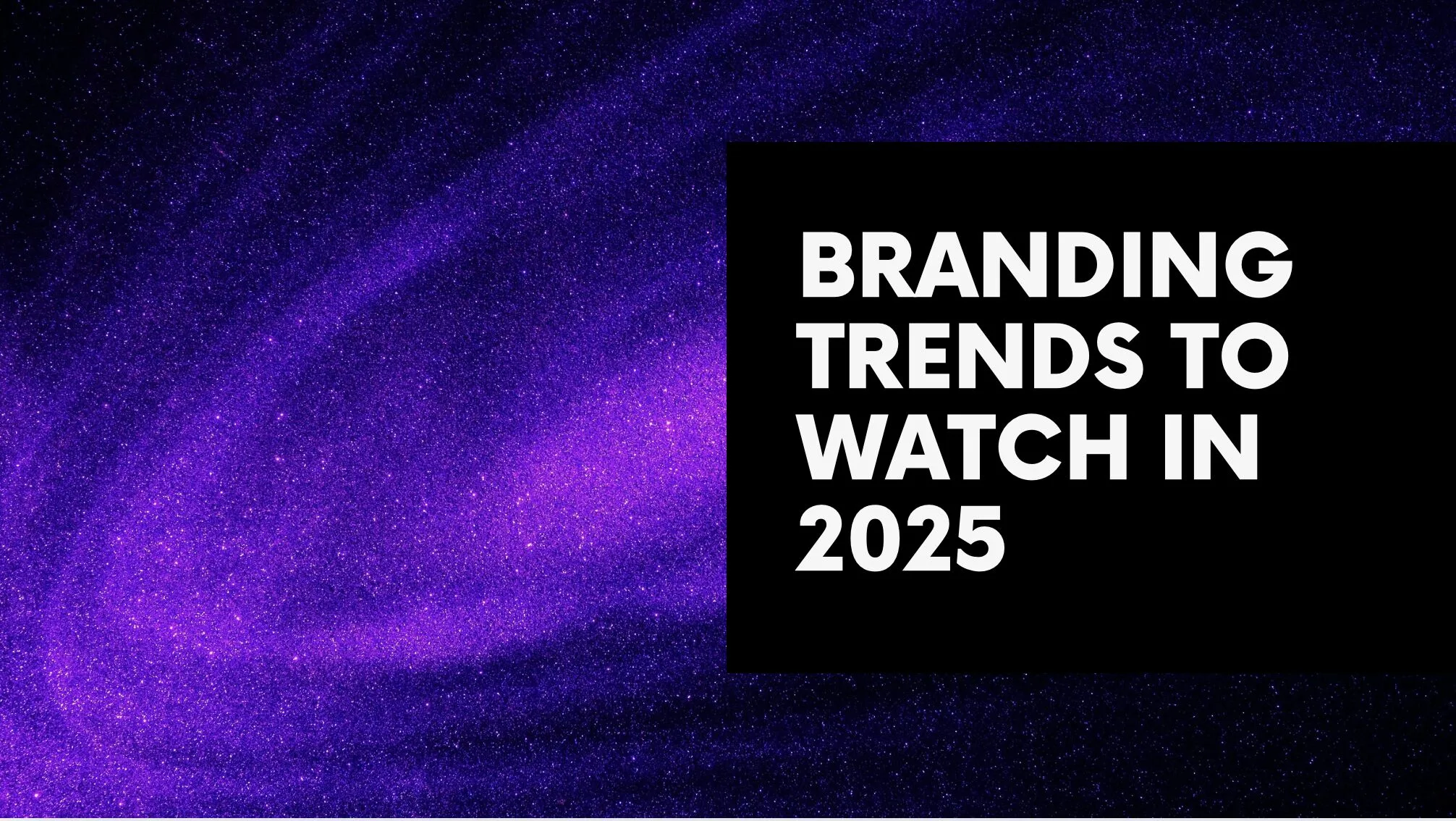
Over the past half-decade, businesses have grappled with some challenging realities, from navigating the pandemic and adapting to remote work culture to the rapid rise of artificial intelligence.
For family-owned businesses and holding companies, these pressures are even more pronounced, as they must balance preserving their heritage with fostering innovation. This dual focus on legacy and modernity requires a strategic approach to brand strategy, ensuring that tradition fuels progress rather than holding it back.
In the GCC region, these organizations drive 60% of non-oil GDP and employ more than 80% of the workforce, according to KPMG’s Family Business report. These entities, deeply rooted in heritage, often find themselves navigating the tension between tradition and innovation. How they manage this balance offers valuable lessons for leaders charged with guiding their organizations into the future.
The Weight of Legacy
Legacy is both an asset and a challenge. It builds trust, credibility, and reputation but also tether organizations to outdated perceptions or practices. Family offices often inherit principles and values passed down through generations, which must now contend with modern economic realities.
Holding companies, for instance, may oversee portfolio brands with significant equity and loyal customer bases that value consistency. Coca-Cola exemplifies this by maintaining its brand identity while introducing healthier options and sustainability initiatives.
Modern Market Demands
Modernization is unavoidable. Digital transformation, changing consumer preferences, and agile competitors compel traditional businesses to adapt. McKinsey reports that while 70% of family businesses globally are pursuing digital initiatives, only 25% see successful outcomes.
Modernization requires more than adopting new technology. It demands a shift in mindset, operations, and strategy, transforming legacy from a constraint into a foundation for innovation.
The Legacy Advantage
In our experience working with family businesses, treating legacy as a differentiator consistently proves to be a powerful strategy. Leveraging established relationships, deep market insights, and strong brand equity enables these businesses to create unique competitive advantages.
When aligned with the demands of today’s rapidly evolving market, legacy evolves from a static foundation into a dynamic asset that drives both relevance and growth. The Al-Futtaim Group serves as a compelling example of this balance. By preserving its reputation for reliability while boldly expanding into digital ventures and sustainable business models, the group has shown how heritage can serve as a catalyst for innovation, rather than an obstacle.
Strategic Approaches to Balance
Successful family businesses adopt these strategies to integrate tradition and innovation:
- Purposeful Brand Evolution Rather than completely reinventing their brand, forward-thinking family offices are evolving their narratives to encompass both heritage and innovation. This involves:
- Defining timeless brand values
- Modernizing brand identity while maintaining recognition
- Creating messaging that bridges generational perspectives
- Designing brand experiences that honor traditional relationships
- For example, P&G’s sustainability initiatives align with its brand purpose of improving lives and preserving legacy while appealing to modern consumers.
- Agile Governance: Organizations can benefit from governance structures that support swift decision-making while honoring traditions. Strategies include:
- Establishing innovation committees
- Appointing next-generation leaders
- Formalizing clear, forward-thinking governance models
- These can inject fresh perspectives without alienating long-standing stakeholders.
- Structural InnovationLeading organizations create frameworks that support both legacy operations and new ventures through:
- Creating innovation hubs or digital subsidiaries
- Establishing next-generation leadership councils
- Implementing modern governance frameworks
- Developing clear brand architecture strategies
- Cultural Transformation: Culture drives successful transformation. Strong family businesses invest in intergenerational dialogue and leadership development. EY’s Family Enterprise DNA Report identifies traits of successful transformations:
- Active intergenerational dialogue
- Clearly defined values that bridge traditional and modern perspectives
- Formal mechanisms for preserving institutional knowledge
- Structured development of next-generation leadership capabilities
- Leveraging Technology: Digital transformation is a key enabler of modernization. Digital tools like AI and fintech solutions enable businesses to modernize efficiently through:
- AI and data analytics for market trend identification
- Automated operations for increased efficiency
- Digital platforms for enhanced customer experience
- Modern portfolio management systems
Challenges in the Balancing Act
- Resistance to Change: Legacy entities often encounter internal resistance. Clear communication and incremental shifts can help overcome these.
- Resource Allocation: Striking the right balance requires careful resource allocation. Under-investment risks irrelevance, while over-investment can erode heritage.
The Role of Brand Strategy
Brand strategy is pivotal in this transformation journey. A strong brand strategy can:
- Create a narrative that honors legacy while embracing the future
- Provide a framework for consistent decision-making across generations
- Guide the evolution of customer experiences
- Aligns diverse stakeholders around a shared vision management systems
A Roadmap for Success
- Audit Your Brand Ecosystem
- Assess current brand perceptions
- Identify elements of heritage that create value
- Map modernization opportunities aligned with values
- Develop a Clear Brand Architecture
- Create frameworks for traditional and new ventures
- Define relationships between legacy and innovative initiatives
- Establish clear governance processes that ensure consistency
- Drive Innovation
- Foster a culture of innovation
- Align leadership across generations
- Prioritize initiatives with high impact and cultural fit
- Establish clear metrics for measuring success
- Build in feedback mechanisms to adjust the course as needed
Maximizing Transformation
According to BCG’s Family Business Report, future-proof companies outperform peers by 3.5 times in shareholder returns. For family businesses and legacy holding companies, this requires respect for the past while moving confidently toward the future.
The next generation has an opportunity to create remarkable organizations – ones that combine generational wisdom with modern business practices. This transformation starts with brand strategy as the foundation for sustainable growth.
For more insights on the specific challenges holding and family-owned brands face in brand evolution, reach out to us for a chat.





